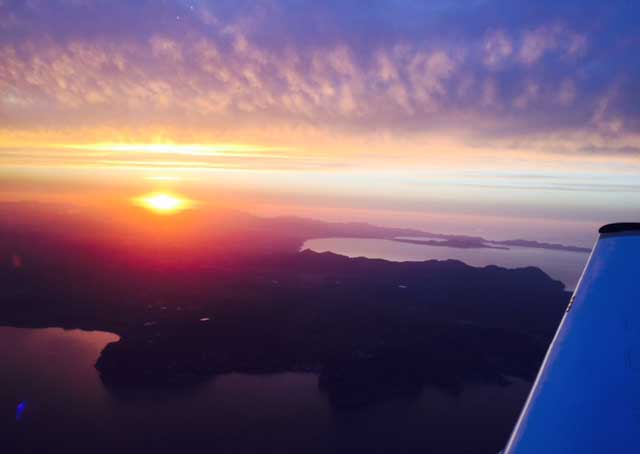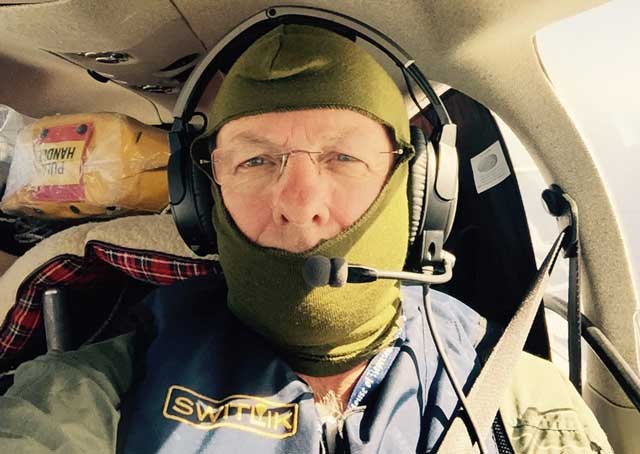
With his Mooney M20M Bravo packed with food, fuel, and survival gear, Rep. Steve Pearce (R-N.M.) flew west. He chose that direction not because it is easy to fight the prevailing winds that circle the planet, but because that was how he and his fellow airmen and soldiers and Marines made their journey to Vietnam so many decades ago. He retraced his own steps, having plotted a route around the world that was subject to changes and diversions.
The congressman, 68, had been a young man when he flew west to Vietnam in 1971, a U.S. Air Force pilot who had conquered a fear of flying to become a pilot of C-130s and KC-135s. He survived 518 hours of combat flight and another 77 hours in support missions, and came home to become a professional pilot, businessman, and, later, a six-term congressman. It was for the many who did not come home, and the families they left behind, that he undertook his latest mission: circumnavigating with a very special set of cargo on the manifest.
Squeezed into the Mooney along with the gear and fuel was a set of memorials created by a native tribe of New Mexico, Isleta Pueblo. Crafted specifically for the mission, each memorial includes a bear that symbolizes strength and courage, an arrowhead to represent the field of battle, and an inscription, “from the people of New Mexico for all families who suffer losses of war,” Pearce explained in a telephone interview.
“Everywhere I went, young, old, male, female, Muslim and Christian ... it didn’t matter if they liked the U.S. or hated the U.S., everyone identified with honoring the sacrifice of the people that had gone before us,” Pearce recalled. “This kind of common theme of humanity, that we all really do just want to get along. We want our kids to have families and be successful. That, to me, began to put a stamp on the mission. It was one of the most intense things that I’ve ever done in my life.”
Pearce flew 143 hours in 15 days, none of them easy.
His first leg to Hawaii on March 27 was turned back by strong headwinds: Just over six hours after takeoff, he realized the 191 gallons of fuel he launched with (including fuel carried in two 55-gallon drums wedged into the cabin) was not going to get him to Hilo International Airport, and he turned back, making a 12-hour local flight of it. On March 29, a second attempt succeeded, though he arrived to find that while the airport had the promised fuel, "'You didn’t ask us about our truck. Our truck is broken,'" Pearce was told. He carefully guided his Mooney another 40 minutes to another airport, avoiding mountains and weather.
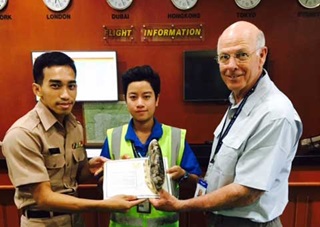
“This is the way the trip went,” Pearce said, recalling a long list of unexpected challenges and unplanned diversions, delays, and complications. Later, over India, he lost the number six cylinder and nursed the shaking airplane to a safe landing. A cell phone call to a mechanic in Texas would follow, and a field repair made with limited tools and one particularly tricky effort to fetch a dropped O-ring from the depths of the engine compartment with a piece of wire.
Customs clearances brought more delays, and fuel pumped a gallon at a time from barrels, often with hand pumps. Pearce faced many unwelcome interruptions that frequently forced his carefully planned flights from day into night. He made do with little sleep, and ate meals packed in plastic bags, canned tuna and Vienna sausage among the highlights.
Alone in the cockpit he faced “that deep sense of loneliness … I’ve felt it always in night flight, night flying in weather. These are times when pilots really have to depend on themselves,” Pearce said. “Sometimes the uncertainties turn into absolute fear. As pilots, we are trained, we do not let the fear control us.”
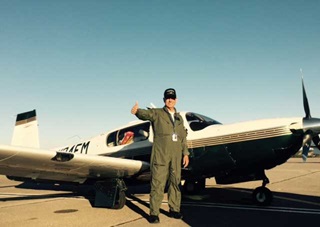
Pearce might have been alone in his Mooney, but he was not entirely alone through the two-week journey, which was kept secret from most in the interest of safety and security. The pilot's wife, Cynthia, watched radar day and night, and communicated via satellite phone when technology allowed. Pearce had another helper in England working on permits, customs, and fuel procurement, though those plans were often subject to change and surprise.
“It was not a massive operation,” Pearce said. “Some places he did not have contacts and we simply had to figure it out on our own.”
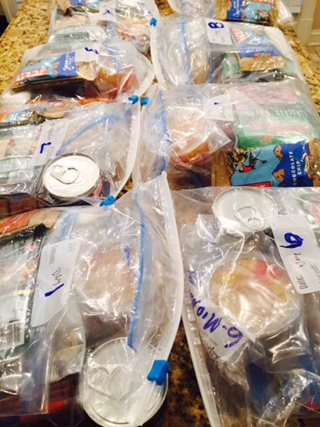
Beyond the aviation challenges, the isolated hours and mechanical adventures and the often complicated quest for another barrel of avgas, Pearce encountered another, consistent surprise. The retired Air Force captain said it was a “total surprise” how emotional the moments proved to be as he presented the memorials.
“I just had made the commitment that I would do it, but I didn’t realize I was addressing something so universal in the human spirit,” Pearce said. That was true of people young and old, those born long after the Vietnam War and those his own age. “It was an amazing thing to me.”
Pearce has goals still remaining: With his work as a congressman pressing and winds not cooperating, he was forced to leave the Mooney in Spain and take a commercial flight back to work. That is most certainly not, he said, the end of the story. He has two legs left to fly, and he will fly them, through the night, if need be, with a difficult instrument approach at the end, if the last legs follow the theme established so far.
“For me the affirmation that I’m willing to go out and try difficult things for important reasons is absolutely life-changing,” Pearce said. “I don’t have to sink away into the easy chair and watch daytime television.”
